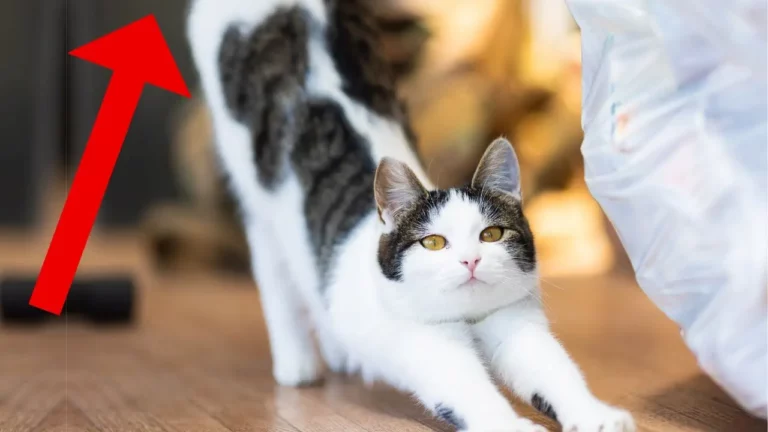Can You Change a Cat’s Name?
You might wonder if changing a
Can a
It’s not just about calling them something different; there are specific techniques to make sure a smooth change.
Consistency and positive reinforcement play important roles.
But what steps should you take to make sure your
Reasons to Change a Name
There are several compelling reasons why you might decide to change your
Sometimes, the name a previous owner chose might carry negative associations or memories that you’d rather leave behind.
By selecting a new name, you can provide a fresh start for your
Another reason might be that you’ve discovered a name that better reflects your
Maybe your
Additionally, if you have multiple pets, choosing names that sound different can prevent confusion when calling them. This can make communication clearer and your daily interactions smoother.
Lastly, you might simply prefer a different name.
Personal taste evolves, and what once seemed like a perfect name might no longer feel right.
Changing your
Effective Name Transition Techniques
Once you’ve decided on a new name, it’s important to use effective techniques to help your
Start by using the new name consistently when interacting with your
Pair the name with treats or affection to create a positive association.
To guide you, here’s a simple table breaking down effective techniques:
| Technique | Description | Example |
|---|---|---|
| Consistent Usage | Use the new name frequently | Call your |
| Positive Reinforcement | Pair name with rewards | Give a treat when they respond |
| Gradual Handover | Slowly phase out the old name | Use both names initially |
| Patience | Allow time for adjustment | Be patient and gentle |
Gradually phase out the old name by using both names together at first, then slowly dropping the old one.
For example, if the old name is ‘Whiskers’ and the new name is ‘Luna,’ start by saying ‘Whiskers-Luna’ and then just ‘Luna.’
Tips for Smooth Adaptation
During the adjustment phase, keep your
Cats thrive on routine, so maintaining regular feeding times, play sessions, and sleeping areas will help your beloved pet feel secure.
Introduce the new name gradually, using it alongside positive associations like treats, petting, or playtime.
Consistency is key. When calling your
Repetition helps, so say the name often, but not excessively. Make sure everyone in your household is on the same page, using the new name consistently to avoid confusing your
Patience is essential. Some cats might adapt quickly, while others take more time.
If your
Avoid using the new name in negative contexts; you want your
Incorporate the new name into daily activities.
Call your
Conclusion
Changing your
Remember to be patient and make sure everyone in the household uses the new name consistently. With time and persistence, your






